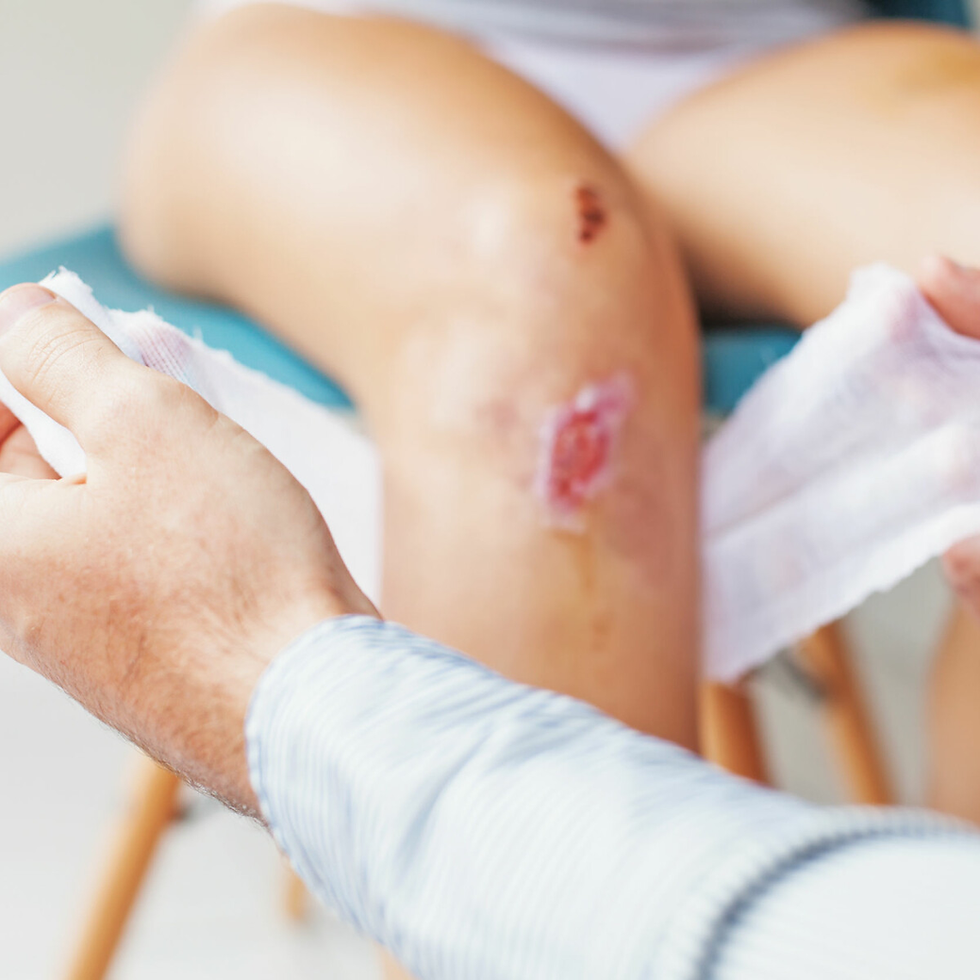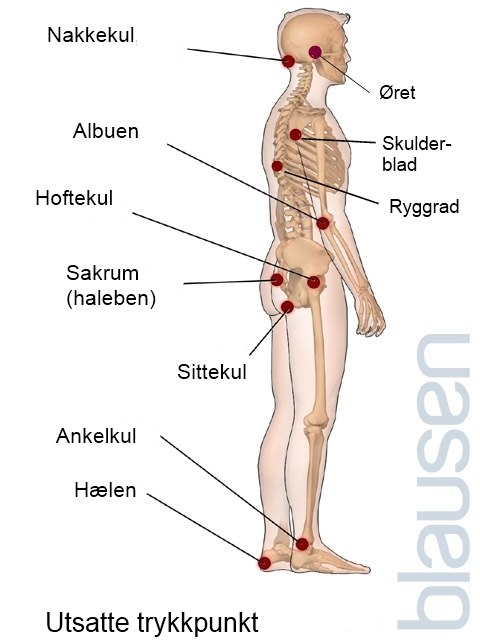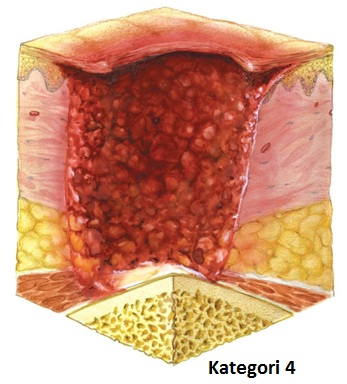Wound Assessment – Foundations for Evaluation and Healing
- Fysiobasen

- Oct 4
- 7 min read
A wound occurs as a result of damage or disruption to the integrity of the skin. Before treatment, it is essential to assess the exact cause, location, and type of wound in order to provide tailored and effective care [1]..

Wound healing is a complex physiological process following injury and involves the repair of cells and tissues to restore function in the affected area. This process is influenced by several factors, including:
Severity of the wound – deeper and more extensive wounds require more time and resources to heal.
Location of the wound – areas with poor blood supply, such as the ankles or feet, often have longer healing times.
Extent of damage – the greater the tissue damage, the more demanding the repair process.
External and internal factors – these may either hinder or promote healing.
Why Is Wound Assessment Important?

A healthcare professional must have a holistic understanding of how to evaluate a wound and the factors that influence healing. This involves:
Assessing the wound itself – identify size, depth, type (e.g., surgical, burn, or pressure injury), and signs of infection or necrosis.
Assessing external factors – for example, hygiene, dressing methods, and exposure to contamination.
Assessing internal factors – for example, the patient’s nutritional status, circulation, and underlying conditions such as diabetes or immune compromise.
What Influences Wound Healing?
The healing process can be affected positively or negatively by various factors:
Positive factors: good nutrition, adequate rest, optimal circulation, and correct wound care.
Negative factors: smoking, poor glycaemic control, infections, and poor adherence to treatment recommendations.
By understanding these factors, healthcare professionals can tailor treatment to optimise healing and reduce the risk of complications [2]. This text lays the foundation for further discussion on how to assess and treat different wound types holistically and effectively.
Why Assess?
Wound assessment is performed to determine appropriate treatment for a wide range of conditions that result in wounds. Each underlying cause of the current wound must be identified and treated as a distinct disease entity rather than being placed under a general category such as “wound.” This ensures targeted and effective management.
The Importance of Wound Assessment
For healthcare professionals, wound assessment is key to providing better patient care. Standardising the assessment process can improve the quality of care delivered, and it may also be beneficial to attend specific training courses to ensure the same standard across different providers and institutions [3].
Risks of Insufficient Understanding
Although many excellent biological treatments, skin grafts, and other advanced options exist, the likelihood of successful healing is greatly reduced without a fundamental understanding of the wound’s nature. An incorrect assessment may lead to:
Inappropriate choice of treatment.
Prolonged healing process.
Increased risk of infection and complications.
Benefits of a Thorough Wound Assessment
By conducting a systematic assessment, healthcare professionals can:
Identify underlying causes such as poor circulation, infection, or diabetes.
Select appropriate treatment based on the wound’s aetiology and the patient’s overall health.
Prevent further complications and reduce long-term treatment costs.
Wound assessment is therefore a critical part of the treatment plan, and without it even advanced options may yield suboptimal results [1].
Areas of Concern
While some wounds may be straightforward, most are often caused by or complicated by underlying issues such as:
Chronicity: chronic wounds have a different composition than acute wounds and often require specific treatments to transition into a healing state.
Infection: underlying infections, even subacute, can impede healing and must be treated to promote recovery.
Blood supply: impaired arterial perfusion will limit adequate blood flow to the wound; similarly, compromised venous return can lead to venous stasis, delaying healing.
Compression: physical pressure on chronic wounds or ulcerations may cause repeated injury and prevent healing [1].
Types of Wounds
Wounds are broadly classified as either:
Acute wounds
Healing occurs within a short timeframe without complications.
Examples: surgical incisions or traumatic wounds such as stab or gunshot injuries.
Chronic wounds
Healing takes weeks to years, and management is usually more complex.
Examples: venous and arterial ulcers, diabetic ulcers, and pressure injuries.

Further Categorisation of Wounds
In addition to acute and chronic classifications, wounds can be grouped by type or cause. Examples include:
Traumatic wounds: caused by external mechanical injury damaging skin and underlying tissue.
Surgical wounds: result from medical procedures, often with a planned healing process.
Infected wounds: wounds complicated by pathogenic microorganisms.
Pressure injuries: caused by sustained pressure over skin and underlying tissue, often in immobile patients.
Diabetic foot ulcers: due to poor circulation and neuropathy in people with diabetes.
Arterial and venous ulcers: caused by inadequate arterial supply or venous stasis.
Each of these wounds requires specific approaches and treatments, depending on the underlying cause and the patient’s overall health. Accurate classification is crucial for optimal management and healing outcomes.
Six Major Wound Types
Below is a table of the six most important wound types, including their characteristics and treatment principles:
Key treatment considerations
Surgical wounds: require sterile conditions and follow-up of the healing process according to the intention method.
Traumatic wounds: require thorough cleansing and assessment to prevent infection and chronicity.
Diabetic/neuropathic ulcers: require careful blood glucose control and close monitoring of perfusion.
Arterial ulcers: perfusion must be carefully assessed before initiating treatment; specialised interventions to improve blood flow are often necessary.
Venous ulcers: compression therapy is usually required to improve venous return.
Pressure injuries: prevention via frequent repositioning, pressure offloading, and appropriate dressing selection based on stage.

Wound Assessment: A Holistic Approach
A holistic assessment of the patient is essential to identify the underlying causes or contributing factors of the wound, and to highlight conditions that may delay healing. The following factors should be evaluated when designing a treatment plan:
Factors to Consider in Wound Assessment
The Importance of a Holistic Assessment
These factors can either delay or promote wound healing. A successful healing process depends largely on the patient’s intrinsic ability to recover, rather than solely on the type of dressing used. This underlines the necessity of a thorough and systematic assessment to ensure optimal care and treatment outcomes.
Chronic Wounds and Multidisciplinary Management
Most chronic wounds are complex and require a multidisciplinary approach for effective management. A team consisting of wound care nurses, general and vascular surgeons, hyperbaric oxygen specialists, infectious disease physicians, dietitians, and physiotherapists is often essential to achieve the best possible outcomes. The main focus should always be on identifying and addressing the underlying cause of wound breakdown, as the wound cannot heal unless the primary pathology is managed [1].
Physiotherapy Considerations
Acute Wounds
Example: after elective procedures such as total knee replacement (TKR) or total hip replacement (THR).
Pain: Common in the first days and may restrict mobilization. Pain relief supports improved mobility and faster rehabilitation.
Risk of Infection: Rare, but if present, may prolong recovery and increase immobility. Preventive measures include compression bandaging and early mobilization [6].
Functional Measures: Early mobilization reduces the risk of deep vein thrombosis and muscle atrophy.
Chronic Wounds
Example: venous leg ulcers.
Reduced Mobility: Patients may require walking aids and more intensive physiotherapy.
Comorbidities: Conditions such as diabetes or peripheral vascular disease must be considered [7].
Treatment: Compression therapy and tailored dressing. Regular movement improves circulation and reduces complications.
Interdisciplinary Collaboration
For both acute and chronic wounds, close collaboration between physiotherapists and the broader care team is essential. This includes coordination of wound care, facilitation of mobility, and comprehensive assessment of the patient’s overall needs to optimize both healing and functional outcomes.
Conclusion
Accurate wound assessment is crucial for successful healing. A thorough evaluation provides a solid foundation for informed treatment decisions [4].
From a physiotherapy perspective, it is important to address:
Pain: Can limit mobility and participation in rehabilitation.
Movement: Reduced range of motion in adjacent joints may hinder progress.
Psychological Impact: Wounds may reduce motivation, self-image, and overall quality of life.
Through a holistic assessment and multidisciplinary collaboration, healthcare professionals can support wound healing, restore function, and guide patients toward recovery.
Sources
1. Nagle SM, Waheed A, Wilbraham SC. Wound Assessment InStatPearls [Internet] 2020 Apr 28. StatPearls Publishing. Available from: https://www.ncbi.nlm.nih.gov/books/NBK482198/ (last accessed 9.10.2020)
2. BC campus CLINICAL PROCEDURES FOR SAFER PATIENT CARE. Available from: https://opentextbc.ca/clinicalskills/chapter/introduction-3/ (last accessed 9.10.2020)
3. Iyun AO, Ademola SA, Michael A, Olawoye O, Oluwatosin O. Perception of healthcare professionals in University College Hospital, Ibadan toward wound care. Nigerian Journal of Plastic Surgery. 2016 Jul 1;12(2):47.
4. Activheal academy Wound Assessment. Available from: http://academy.activheal.com/lessons/sf-wound-assessment-simplified/ (last accessed 9.10.2020)
5. Khan J. Risk Factors of Infection in Total Knee Arthroplasty. Journal of Rawalpindi Medical College. 2017 Sep 30;21(3):253-6.
6. Cheung A, Lykostratis H, Holloway I. Compression bandaging improves mobility following total knee replacement in an enhanced recovery setting. Journal of perioperative practice. 2014 Apr;24(4):84-6.
7. Roaldsen KS, Rollman O, Torebjörk E, Olsson E, Stanghelle JK. Functional ability in female leg ulcer patients—a challenge for physiotherapy. Physiotherapy Research International. 2006 Dec;11(4):191-203.









